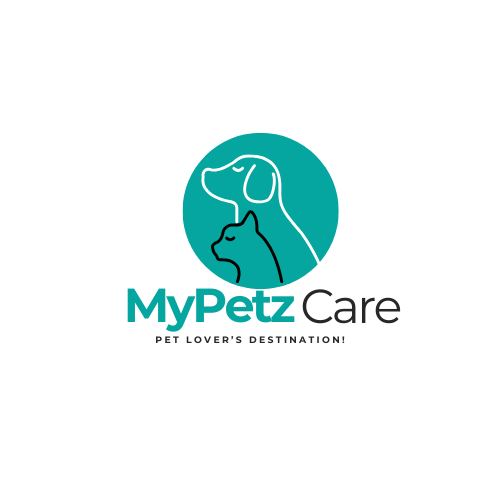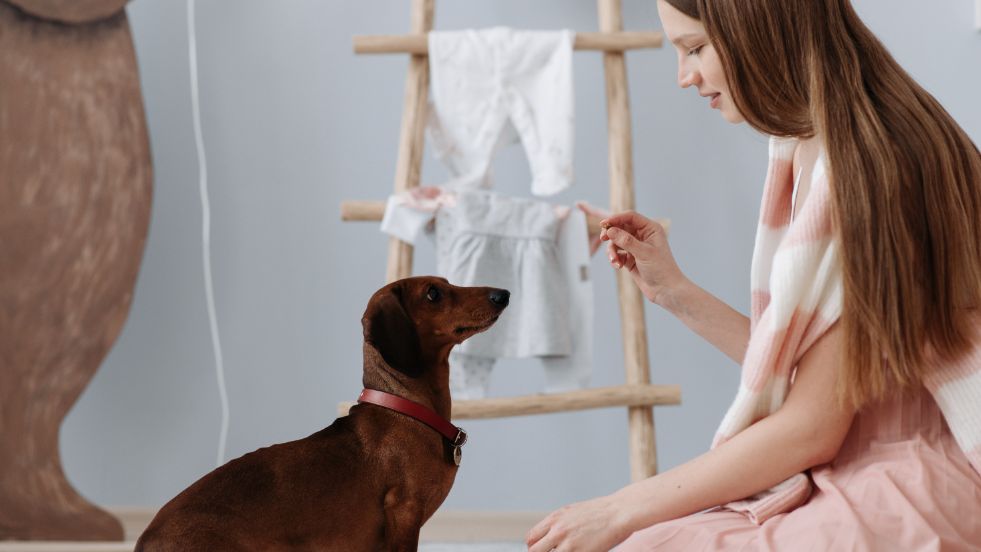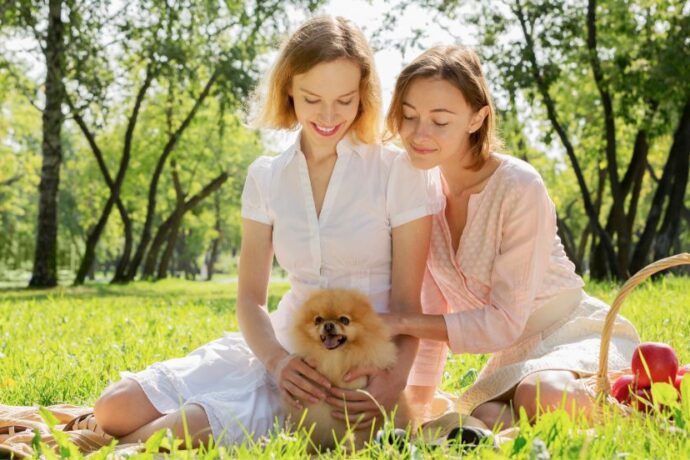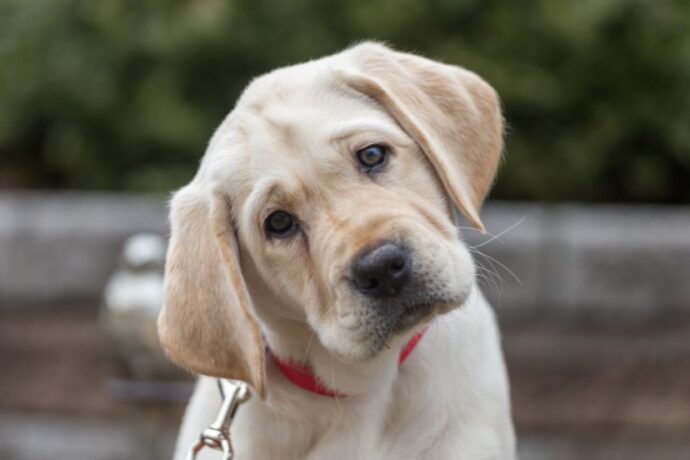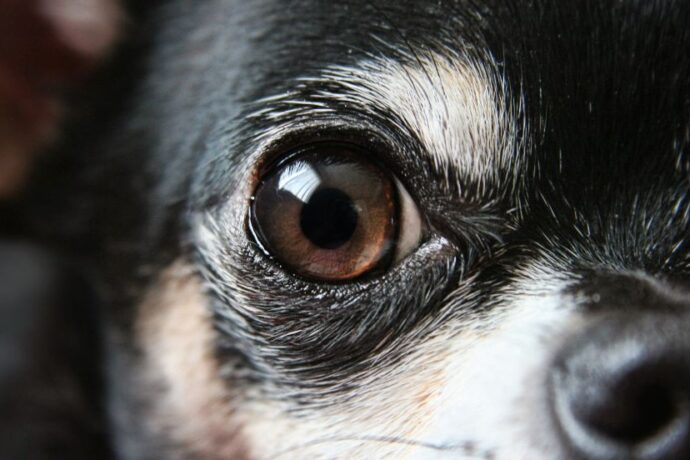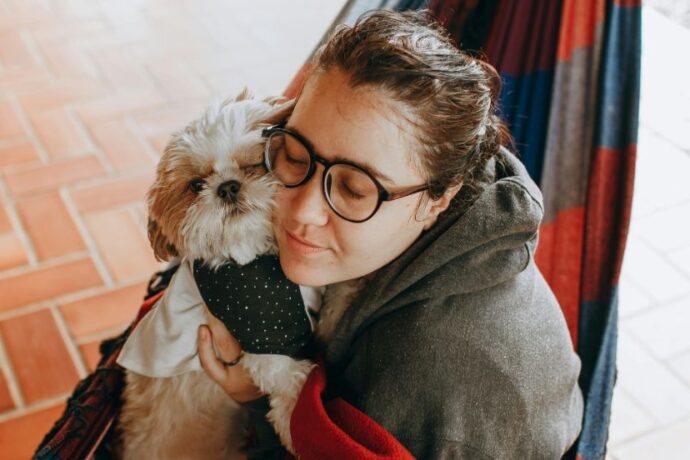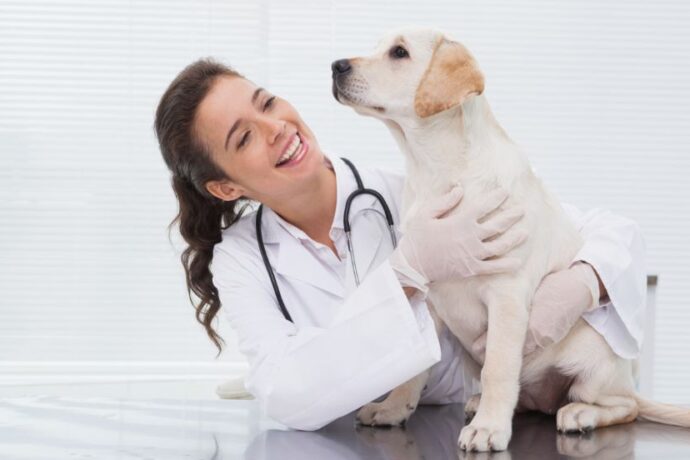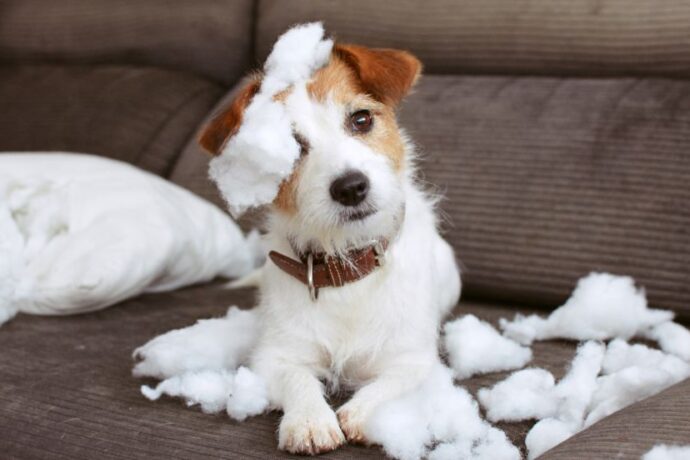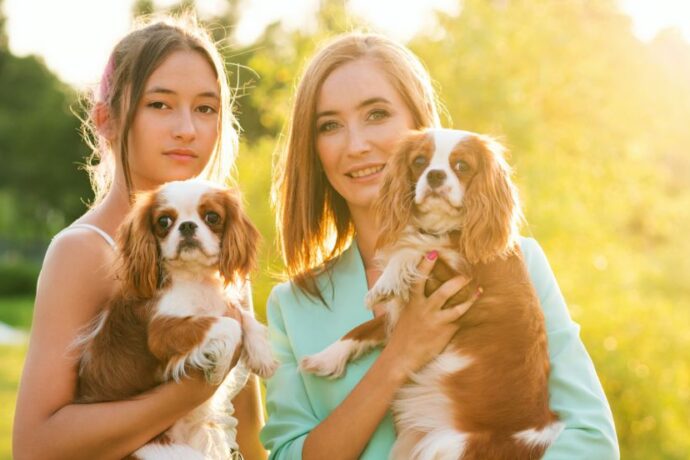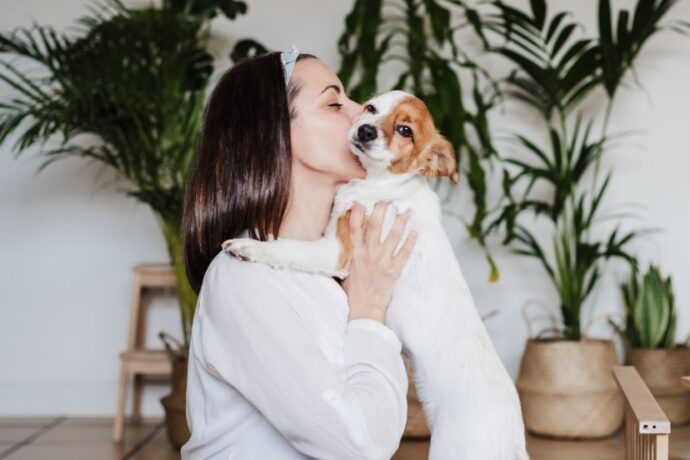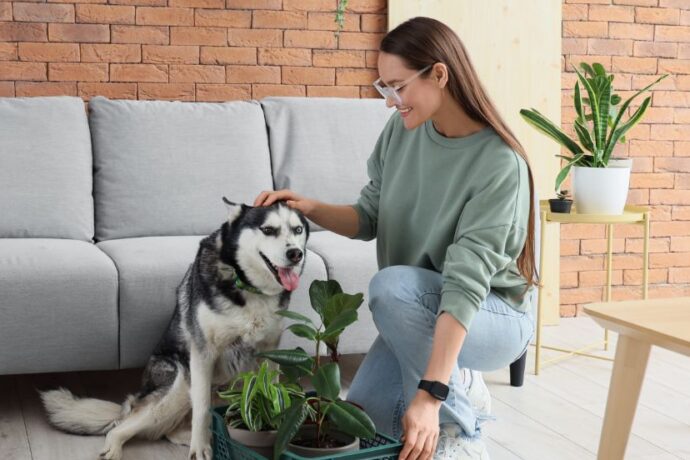Potty training is one of the first and most important lessons every dog needs to learn. Whether you’ve welcomed a new puppy or adopted an older dog, teaching them where and when to go to the bathroom builds good habits and strengthens your bond. Without proper guidance, accidents can become a frustrating routine for both you and your furry friend.
What Science and Behavior Studies Reveal About Dog Training
Canine behavior experts agree that dogs learn best through positive reinforcement and consistency. According to research published in the Journal of Veterinary Behavior, punishment-based methods can lead to fear, stress, and even aggression, while reward-based training produces better long-term results (1).
Dogs thrive on routine and clear communication. Studies on animal learning also show that timing is everything—rewarding your dog immediately after the desired behavior (like eliminating outside) makes the association stronger. In short, patience, consistency, and positive reinforcement are the cornerstones of successful potty training.
Potty Training Hacks That Really Work for Dogs
Training your dog to do their business in the right place doesn’t have to feel overwhelming. With the right strategies, patience, and a little consistency, you’ll be surprised at how quickly your dog can learn. Below are expanded hacks that really work—tested by dog trainers and backed by behavior science.
1. Set a Consistent Schedule
Dogs thrive on routine. Feeding and walking them at the same time each day teaches their bodies to follow a predictable rhythm.
- Tip: Puppies usually need to go first thing in the morning, after meals, after naps, and before bed.
- Example: If you feed breakfast at 8 a.m., take your pup out immediately after eating. Soon, their body will be expected to go outside at that time.
2. Use the Same Spot Every Time
Dogs rely heavily on scent cues. By taking your dog to the same outdoor area, you make it easier for them to associate that spot with potty time.
- Tip: Pick a quiet, distraction-free area so your dog can focus.
- Why it works: The scent from previous bathroom breaks signals to your dog, “This is the right place.”
3. Reward Immediately and Generously
Timing is everything. If you wait until you’re back inside to give a treat, your dog won’t connect the reward with the potty action.
- Tip: Keep a small pouch of treats near the door so you’re ready.
- Alternative rewards: Verbal praise (“Good potty!”) and belly rubs also reinforce the behavior.
4. Leverage Crate Training
When used correctly, a crate is a powerful potty training tool. Dogs naturally avoid soiling the area where they sleep.
- Tip: The crate should be big enough for your dog to stand and turn, but not so big that they can potty in one corner and sleep in the other.
- Schedule: Let your dog out frequently, especially after meals, naps, and play.
5. Learn Your Dog’s Signals
Every dog has “tells” when they need to go. These may include pacing, sniffing the ground, circling, whining, or suddenly stopping play.
Tip: Watch closely, especially during the early training phase, to catch accidents before they happen.
6. Limit Water Before Bedtime
To prevent nighttime accidents, reduce your dog’s water intake 2–3 hours before bedtime (but ensure they drink enough throughout the day).
- Tip: Always give your dog one last potty break right before bedtime.
- For puppies: Expect at least one nighttime outing until their bladder strengthens.
7. Clean Accidents the Right Way
Regular cleaners won’t cut it—dogs’ sensitive noses can still detect urine, which may encourage repeat accidents.
- Tip: Use an enzymatic cleaner designed for pet messes to completely break down the odor.
- Don’t punish accidents: Scolding can make your dog anxious, which may delay progress.
8. Use Leash Training Outdoors
Keep your dog on a leash during potty trips, even in your yard. This prevents distractions (like chasing squirrels) and helps them focus on the task.
- Tip: Once they’ve gone, reward them, then allow off-leash playtime as a bonus.
9. Introduce a Cue Word
Using a consistent command like “Go potty” or “Do your business” can teach your dog to associate the phrase with the action.
- Tip: Say the cue as they start going, then reward. Over time, they’ll learn to potty on command.
10. Be Patient With Puppies vs. Adults
- Puppies: Their bladders are tiny, and they may need to go every 2–3 hours. A general rule is: age in months = hours they can hold it (e.g., a 3-month-old puppy = 3 hours).
- Adult Dogs: They can usually hold it 6–8 hours, but newly adopted rescues may need a refresher course in potty training.
FAQ’s Frequiently Asked Questions
1. How long does it usually take to potty train a dog?
A. On average, puppies take 4–6 months to become fully trained, though smaller breeds may take longer. Older dogs may learn faster with consistent training.
2. Should I use pee pads or go straight to outdoor training?
A. Pee pads can be useful for apartments or very young puppies, but transitioning to outdoor potty training is usually the best long-term approach.
3. What if my dog keeps having accidents inside?
A. Stay calm and avoid scolding. Revisit the basics: increase potty breaks, reinforce with rewards, and supervise closely. Persistent accidents could indicate a medical issue—consult your vet if needed.
Final Thoughts:
Potty training your dog may feel like a challenge, but with the right strategies, it becomes a rewarding process. By sticking to a routine, reinforcing good behavior, and staying patient, your dog will soon understand what’s expected. Remember: accidents are part of the journey, but consistency and positive reinforcement always win in the long run.
References:
1. Does training method matter? Evidence for the negative impact of aversive-based methods
